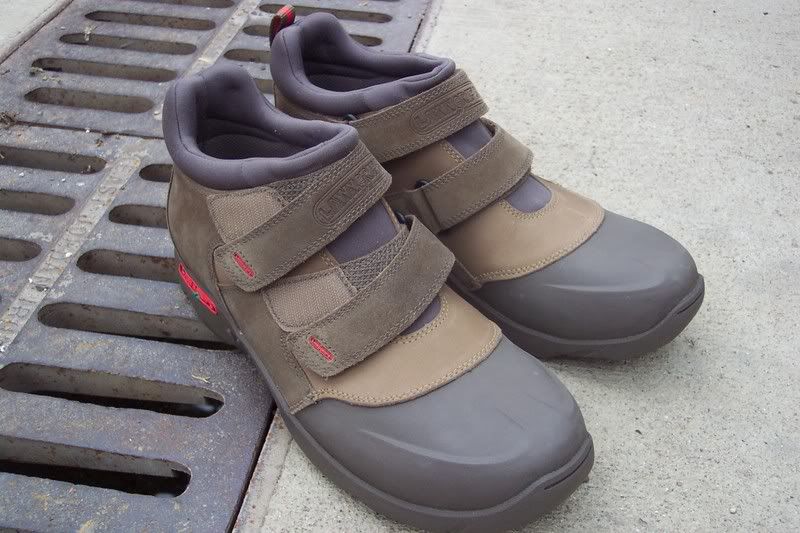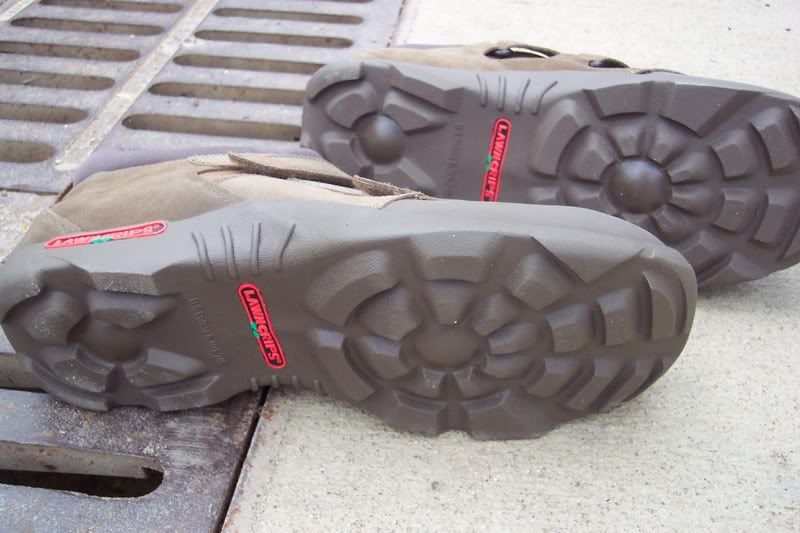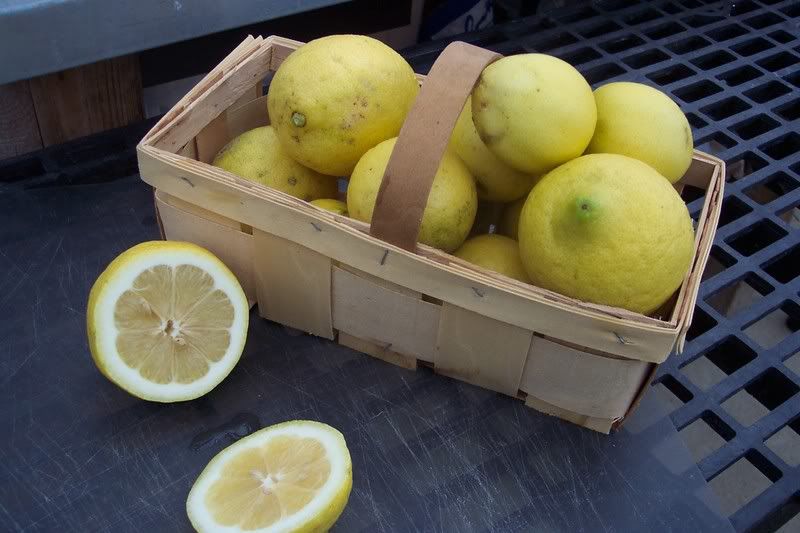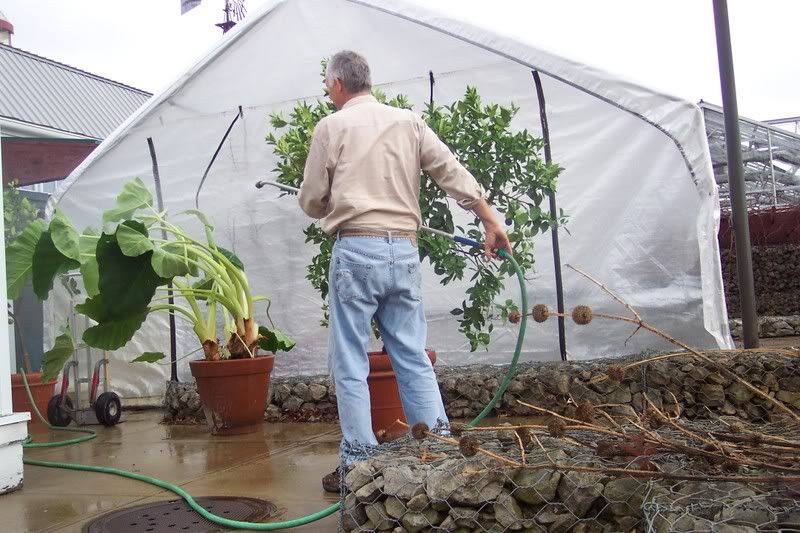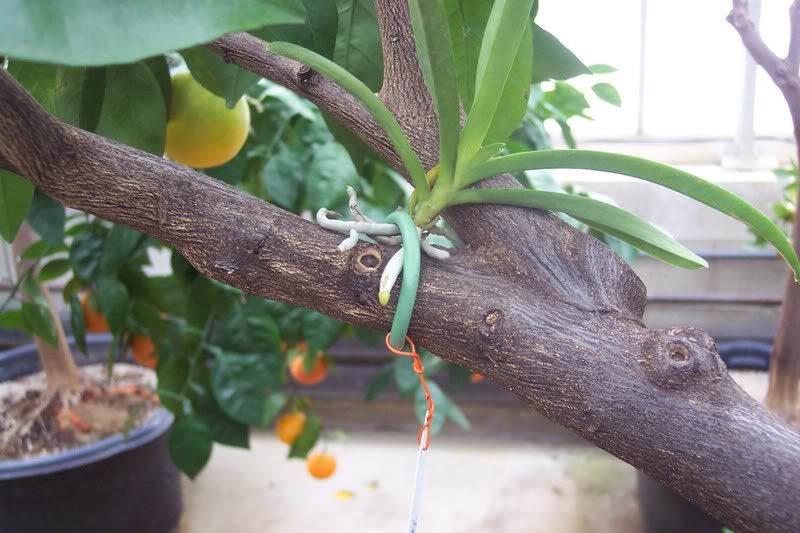There was an unusual conference in Lansing last Friday and Saturday. It was the Stewardship Network’s “The Art and Science of Habitat Restoration”. Dedicated nature enthusiasts from all over Michigan convened to learn more about restoring native habitats.
Michigan is very fortunate to have numerous unusual habitats. From lakes and forests, swamps and marshes, bog and fens, to prairies and sand barrens. Along with the habitats are some rare plants and animals. We have plants in Michigan that are found nowhere else on earth. So it’s no wonder that we have alot of dedicated people who are ready and willing to do the often back breaking labor of restoring habitats that have been damaged.
We’ve lost huge amounts of native habitats to sprawling development. But we also lose unusual habits to changes in drainage patterns, roads being cut through natural lands, ORV use in delicate ecosystems, damming up rivers or straightening rivers. We even lose habitats to other plants – very aggressive weedy plants that take over and crowd out the native plants. Those weedy plants are usually alien plants brought to this country from overseas. Examples are purple loosestrife, brome grass and even some shrubs. We don’t usually think of shrubs as weeds, but certain ones are, such as common buckthorn, autumn olive and bush honeysuckle.
So what do people do when they restore native landscapes? The majority of the work is weeding out the plants that have invaded the area. Some alien plants are pulled out before they set seeds. Some are cut. but if common buckthorn is just cut, it will send up new shoots producing more buckthorn than before, so the stumps of the cut shrub must be treated with herbicide to kill all the roots. The herbicide is “painted” on, not sprayed, with a special sponge tip applicator. This puts the herbicide only where it is needed. With certain herbicides this method can even be used in wetlands.
Restoring native landscapes is a fairly new science, so this conference was very useful in sharing the details of methods that work the best. The people attending ranged from scientists and biologists and botanists to regular people that volunteer their time doing the labor.
I’ll write you more next time about the speakers and classes at the conference, places that have been restored and plants that have saved.
Bye now, Judy
